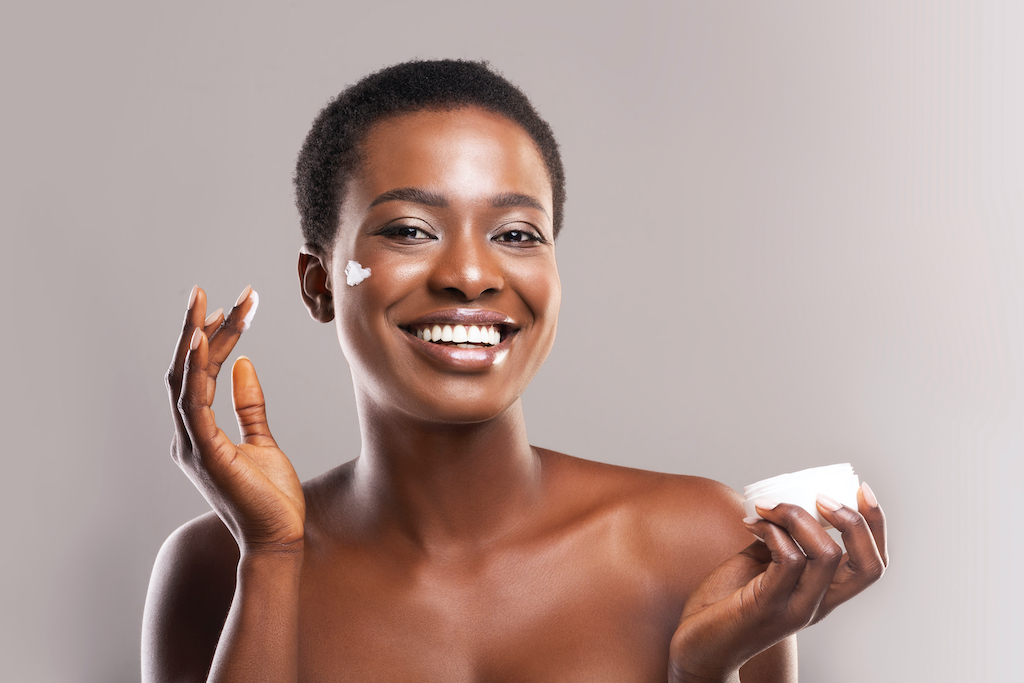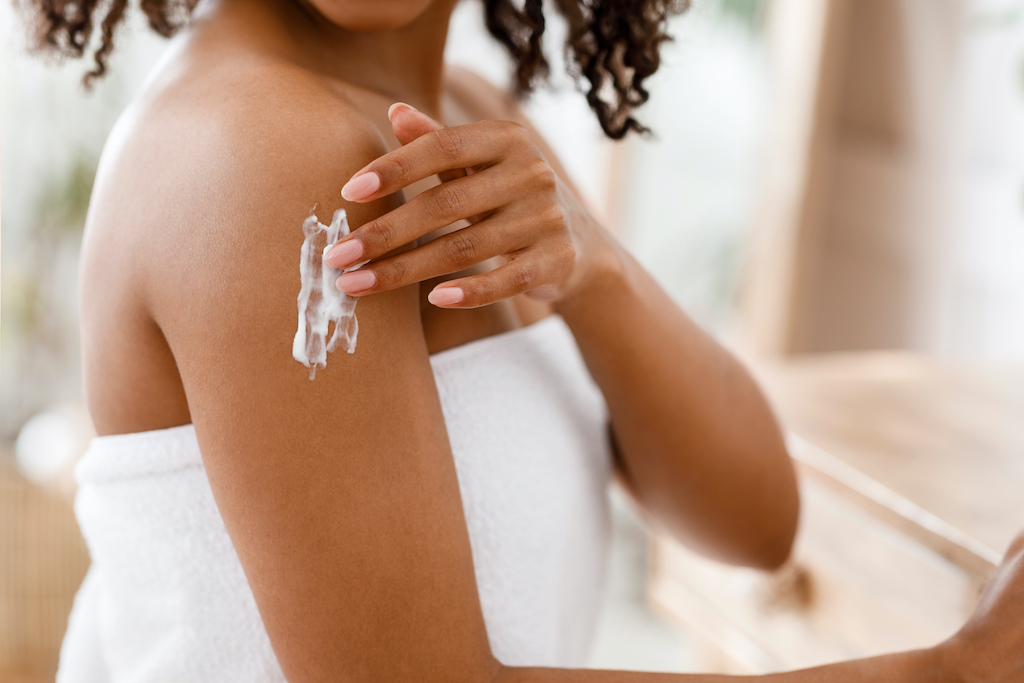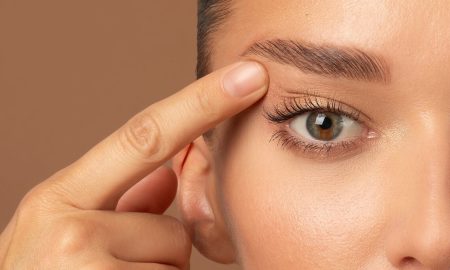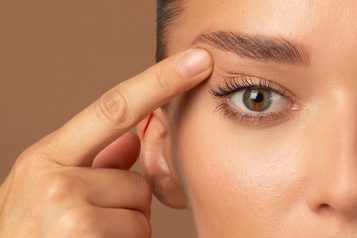Mara C. Weinstein Velez, M.D., FAAD is a board-certified dermatologist, and Director of Cosmetics and Laser Surgery at the University of Rochester Medical Center, in Upstate New York. Dr. Weinstein-Velez completed a prestigious Laser, Cosmetic and Dermatologic Surgery fellowship at SkinCare Physicians in Boston, with clinical faculty from the Harvard and Yale Departments of Dermatology and is one of the only Fellowship-trained Cosmetic and Laser Surgeons in Western NY.

Skin of color (SOC) has higher levels of melanin. Melanin is a naturally produced pigment that exists in all skin. Its production will vary from person to person. Your level of melanin determines your skin color. The more melanin your skin produces the darker your skin.
Melanin does a lot of great things for your skin:
1. Protects collagen-producing cells. That means more collagen for your skin, and stronger skin for you.
2. Prevents signs of aging.
3. Acts as a natural antioxidant.
4. Provides protection — a natural SPF 13.
Although melanin is beneficial in many ways, higher levels of melanin also mean that your skin has different needs when it comes to skincare routines and products. Here are some common concerns and advice for taking the best care of your skin.
Common skin concerns for Skin of Color
Melanin-rich skin has unique considerations:
1. More sensitive to irritations. Factors such as UV, pollutants, inflammation and scratches cause excess melanin production. That excess of melanin creates dark spots such as age spots, melasma and post-inflammatory hyperpigmentation.
2. Different optics. Because light reflects differently on darker skin, some skin concerns look different. Oil, pores and dry patches can all seem more visible.
3. Different sensorial needs. Certain products that are not easily absorbed can leave a white or greasy film on the skin.
Best products for Melanin-rich Skin
The milder, the better. Because melanin-rich skin is more sensitive to irritations, gauge your skin’s tolerance for products by starting with a mild treatment. If I start a patient on a strong topical retinoid for acne or antiaging, they might develop irritation and darkened skin spots (hyperpigmentation) over the course of treatment. That’s why it’s important to start with the mildest formula to improve tolerance and prevent pigmentary problems.
Balance is key. To enhance your skin’s optics, you’ll need products that cater to the combination skin type that is common in melanin-rich skin. Try a brightening facial wash with a low percentage of lactic or glycolic acid to gently exfoliate and even skin tone. For oily skin, look for oil-free or “non-comedogenic” moisturizers that won’t clog pores.
Stick to lightweight, absorbent products. To address the unique sensory needs of SOC, I recommend products that contain hydrating and brightening ingredients like hyaluronic acid, B5 and niacinamide. For added moisture in drier climates, products containing ceramides and fatty acids can be very nourishing and well-tolerated. I love tinted moisturizers with iron oxides — these help protect your skin from visible light and won’t leave a chalky residue on the skin. Tip: it’s best to test these products on the back of the hand or jawline before purchasing to make sure they blend into your skin.
Sunscreen is a must — even for darker skin.

Melanin-rich skin is powerful. On average, it has up to SPF 13 built right in, making you less sensitive to sun-damage. However, people with darker skin still need to wear sunscreen. As mentioned above, melanin-rich skin is sensitive, and sun exposure can result in accelerated skin aging, increased risk for skin cancer and increased melanin on the skin surface, leading to dark spots and hyperpigmentation. For your skin to be fully protected, our dermatologists recommend using SPF 30.
Skincare regimens for antiaging and healthy skin
Specific product recommendations will vary based on skin type. In general, a good AM/PM routine would include the following:
Morning
1. Cleanse with glycolic acid daily (or every other day for sensitive skin).
2. Use a serum with vitamins C and E to replenish the antioxidants zapped by pollution, protect from UV rays and prevent further damage.
3. For dark spots and hyperpigmentation, we can add a bleaching cream. This could be either a prescription-strength hydroquinone (depigmenting agent) or hydroquinone-free brightening cream with key ingredients like kojic acid, tranexamic acid and arbutin.
4. Daily facial tinted moisturizer with sunscreen SPF 30 or higher. Look for sunscreens that also contain iron oxide to protect from visible light, which can worsen conditions like melasma.
Evening
1. Wash with a gentle cleanser. Avoid cleansers that contain benzoyl peroxide, which can be irritating, unless prescribed by your dermatologist.
2. Use a lightweight moisturizer to replenish. A toner is also an option to help with dark spots and even out skin tone.
3. Retinol-based night cream to help turn over those dead skin cells, brighten and prevent breakouts — or consider a prescription-strength retinoid from your board-certified dermatologist!
Note: Your skincare regimen should include eye creams both morning and night.
For more information, visit Dr. Mara Weinstein Velez's social media:
























